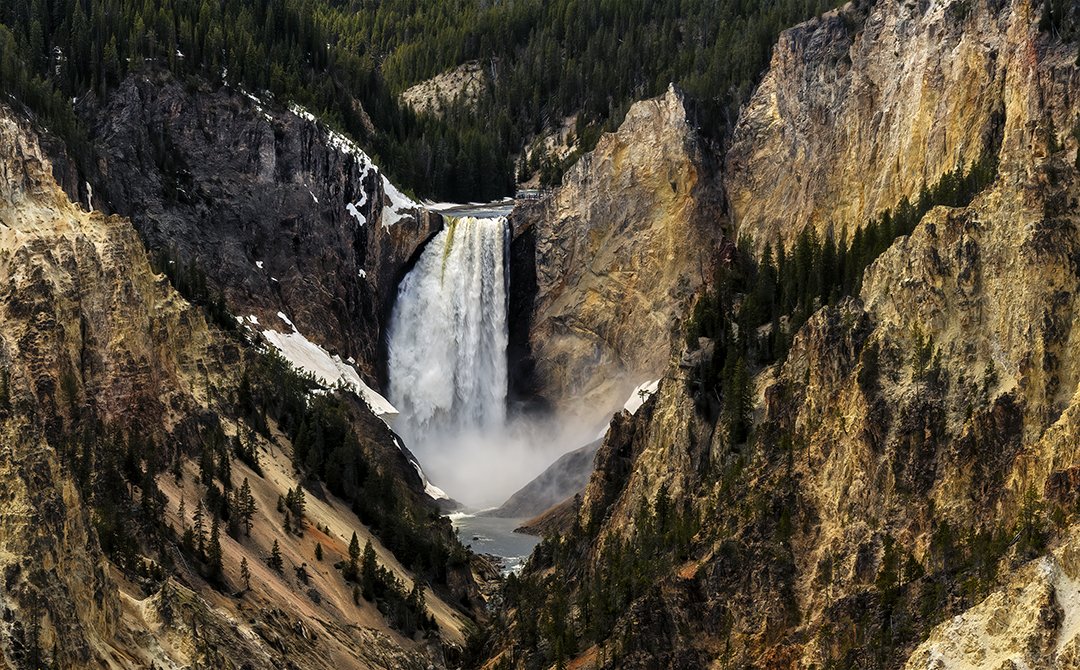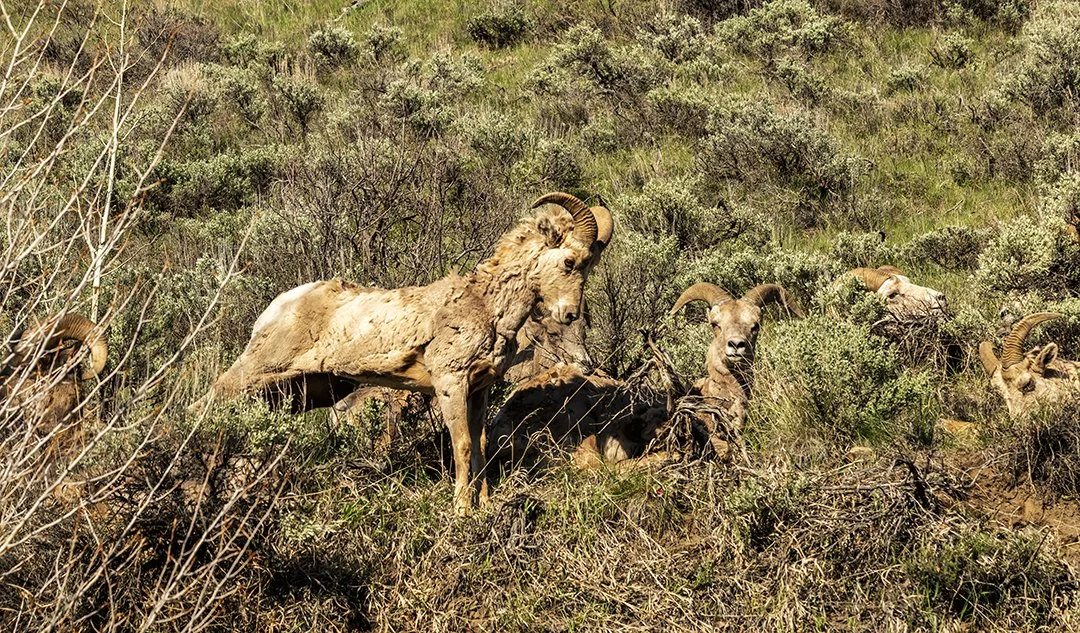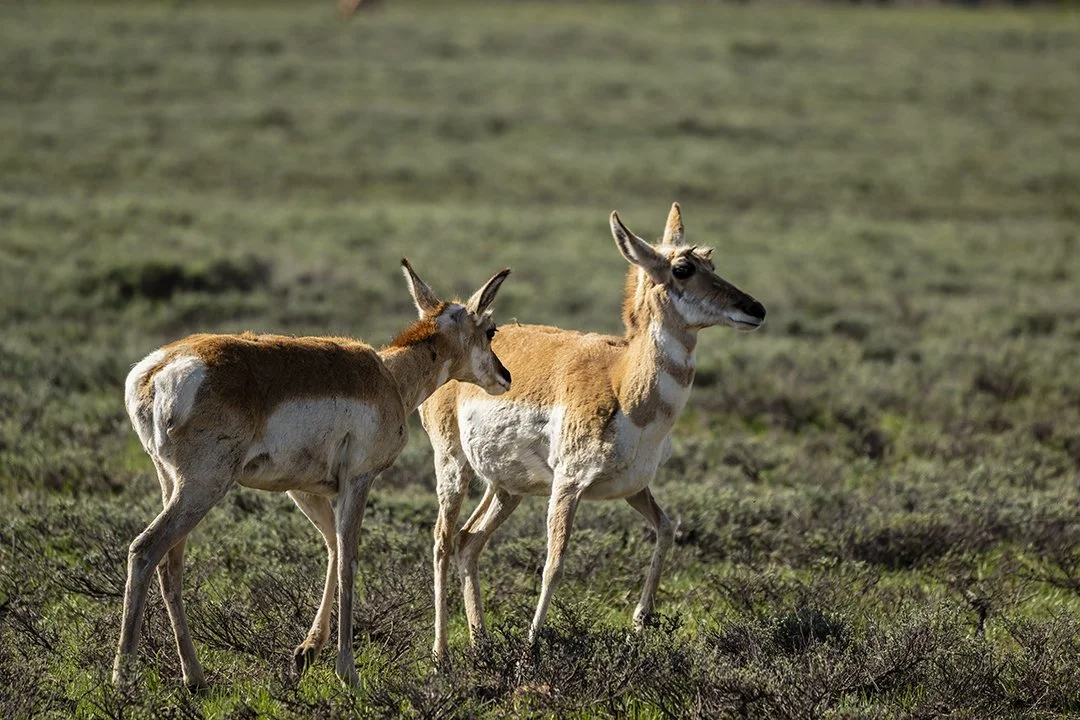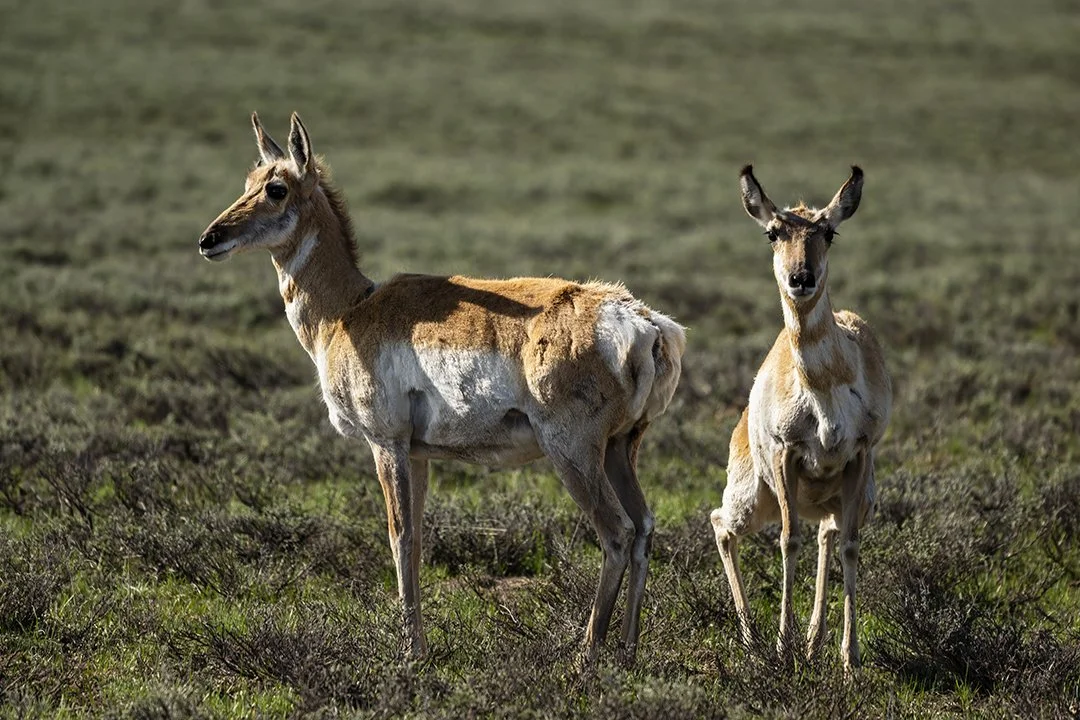Francesca Scalpi
Photography
YELLOWSTONE NATIONAL PARK
On March 1, 1872, Yellowstone became the first national park for all to enjoy the unique hydrothermal and geologic features. The park contain about half the world’s active geysers, and view geologic wonders like the Grand Canyon of the Yellowstone River. (Click on the thumbnails for larger images)
OLD FAITHFUL
Yellowstone Old Faithful Photo 1
Yellowstone NP Photo 2
Yellowstone NP Photo 4
Yellowstone NP Photo 3
Yellowstone NP Photo 5
Yellowstone is home to the largest concentration of mammals in the lower 48 states. In addition to having a diversity of small animals, Yellowstone is notable for its predator–prey complex of large mammals, including eight ungulate species (bighorn sheep, bison, elk, moose, mountain goats, mule deer, pronghorn, and white-tailed deer) and seven large predators (black bears, Canada lynx, coyotes, grizzly bears, mountain lions, wolverines, and wolves).
Yellowstone NP Photo 6
Yellowstone NP Photo 8
Yellowstone NP Photo 10
Yellowstone NP 12
Yellowstone NP Photo 14
Yellowstone NP Photo 16
Yellowstone NP Photo 7
Yellowstone NP Photo 9
Yellowstone NP Photo 11
Yellowstone NP Photo 13
Yellowstone NP Photo 15
Yellowstone NP Photo 17
Seven native ungulate species—elk, mule deer, bison, moose, bighorn sheep, pronghorn, and white-tailed deer—live here. All bighorn sheep have horns. The rings on horns can be used to determine age, though it is easier to count the rings on a ram. Between 10 and 13 interbreeding bands of bighorn sheep occupy steep terrain in the upper Yellowstone River drainage, including habitat that extends more than 20 miles north of the park.
Yellowstone NP Photo 18
Rocky Mountain bighorn sheep, found in greater Yellowstone, differ from other currently recognized subspecies in the United States: Desert bighorn sheep, which is currently listed as an endangered species, Dall sheep found in Alaska and northwestern Canada, and Stone’s sheep, which are a subspecies of Dall sheep.
Yellowstone NP Photo 19
Although widely distributed across the Rocky Mountains, bighorn sheep (Ovis canadensis) persist chiefly in small, fragmented populations. Mount Everts receives the most concentrated use by bighorn sheep year-round. There are 345 in the northern Yellowstone area in 2018 (131 counted inside the park).
Yellowstone NP Photo 20
The North American pronghorn (Antilocapra americana) it is not a true antelope, which is found in Africa and southeast Asia.
Yellowstone NP Photo 22
In Yellowstone, about 50% of black bears are black in color; others are brown, blond, and cinnamon. Black bears eat almost anything, including grass, fruits, tree cambium, eggs, insects, fish, elk calves, and carrion.
Yellowstone Photo 24
Greater Yellowstone Ecosystem is one of the few areas south of Canada where black bears coexist with the grizzly bears. Black bears are commonly observed in the park, especially on the northern range and in the Bechler area of the park.
Yellowstone NP Photo 21
A pronghorn buck stands in a grassy field with white clouds and mountains in the background. Pronghorn evolved in North America 20 million years ago. They can run sprints at 45–50 miles per hour, an adaptation to outrun an extinct cheetah.
Yellowstone NP Photo 23
There are 505 Pronghorns in April, 2018. Highest count since 1992-536. Summer: Lamar Valley; some may be near the North Entrance at Gardiner, Montana. Winter: between the North Entrance and Reese Creek.










